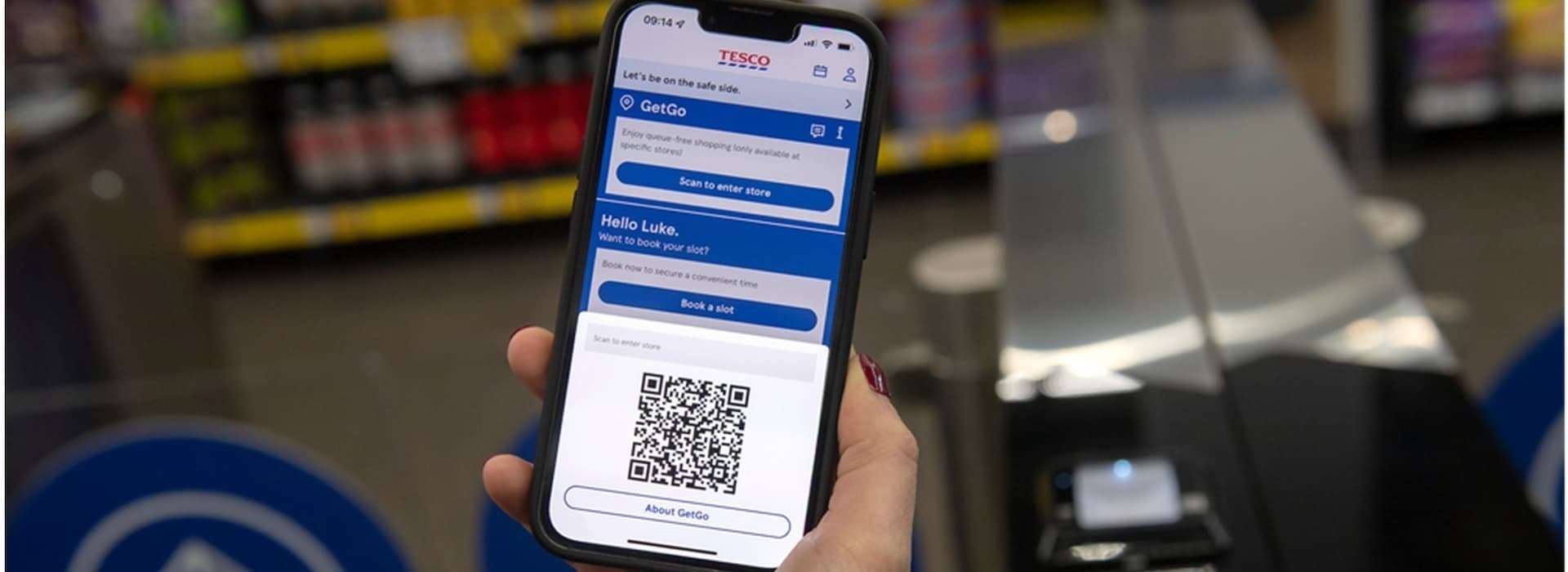Gap moves on digitising workers’ payments in garment sector
Gap is to transition from a cash-based system to digital payments for its tier 1 suppliers by 2020, in a move that will involve approximately 800 factories in 30 countries.
More than 60% of the retailer’s supplier factories currently provide the likes of online transfers to bank accounts and mobile wallets. “We believe that good business practices can help change the world and fuel growth,” says David Hayer, Senior Vice President of Global Sustainability at Gap and President of Gap Foundation. “By having our suppliers pay garment workers digitally, we aim to accelerate the transition towards a more transparent workplace for the women and men who make our clothes. It’s a win-win for garment workers and factories alike.”
A benefit here is drawing unbanked workers into the financial system, allowing women greater control over their finances and a safer way to save, send money and invest. Gap claims that, “at the factory level, suppliers benefit from cost savings, due to increased efficiency and speed. All parties also benefit from increased accountability, transparency and security.”
It has also joined the United Nations-based Better Than Cash Alliance, a partnership of governments, companies, and international organisations focusing on the transition from cash to digital payments in order to reduce poverty and drive inclusive growth. “We’re pleased to join the Better Than Cash Alliance to help drive this important progress forward. We encourage others across the apparel industry to join us in this effort,” Hayer comments.










